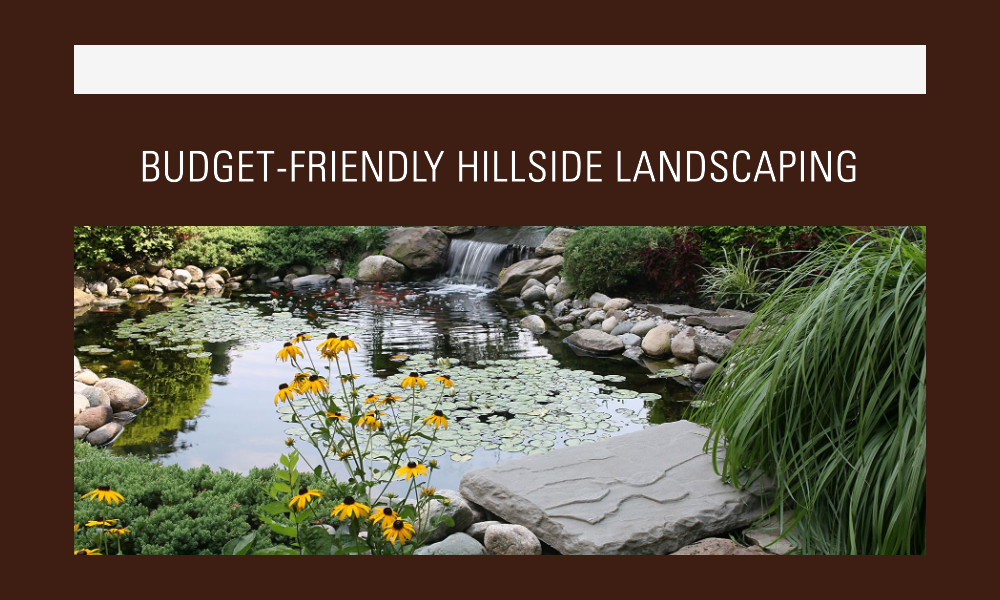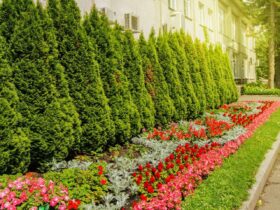Transforming a sloped yard into an enchanting garden need not break the bank. With a dash of creativity and resourcefulness, hillside landscaping can be both cost-effective and aesthetically delightful. Here’s a guide with ideas to achieve an awe-inspiring hillside landscape without depleting your wallet.
1. Plan Strategically
Before embarking on any landscaping project, it is essential to have a well-thought-out plan. Understand the topography, sun exposure, and soil type of your hillside. Once familiarized, draft a budget, and incorporate ideas that will not only be functional but also cost-effective.
2. Utilize Native Plants
Planting species native to your area is a smart move. Not only will they thrive better, but they also require less maintenance and watering compared to exotic species. Additionally, they tend to be less expensive.
3. Embrace Terracing
Terracing can be an inexpensive way to make your hillside garden more accessible and reduce soil erosion. Use reclaimed materials like stones, bricks, or logs to create small terraces. Planting in these terraces can make your hillside look more structured and appealing.
4. Opt for Ground Covers
Ground covers are not only visually pleasing but also budget-friendly. They require minimal maintenance and help prevent soil erosion. Plant ground covers like creeping thyme or clover, which are inexpensive and can thrive on slopes.
5. Add a Rock Garden
Rock gardens can be both functional and aesthetically pleasing. Use rocks to create interesting formations and plant between them. Opt for rock species that are locally available to cut down on costs.
6. Incorporate DIY Decor
Instead of purchasing expensive garden ornaments, try your hand at DIY projects. Create a birdhouse from scrap wood, paint stones to use as markers, or repurpose old containers as planters. These personal touches can bring charm to your hillside without costing a fortune.
7. Plant Trees and Shrubs
Trees and shrubs can offer long-term benefits. They not only provide shade but also help to stabilize the soil. Consider planting fast-growing, yet sturdy trees like poplars or willows, and complement them with shrubs such as juniper or forsythia.
8. Create a Pathway
Paths can guide the eye and draw people into your landscape. Use materials like gravel, wood chips, or mulch to create a winding path. These materials are cost-effective and require little maintenance.
9. Install a Rain Garden
Hillsides often collect runoff. Installing a rain garden can be an affordable way to handle the excess water while adding to the beauty of your landscape. Plant water-loving plants and flowers to absorb the runoff and to add color to your hillside.
10. Implement Companion Planting
Planting complementary plants together can save on space and resources. For example, planting marigolds with tomatoes can help keep pests at bay, eliminating the need for costly pesticides.
Final Thoughts
Hillside landscaping on a budget requires creativity and resourcefulness. Embrace local materials and plants, and don’t be afraid to experiment with DIY projects. A well-planned and executed hillside garden can be both breathtaking and kind to your pocket.





